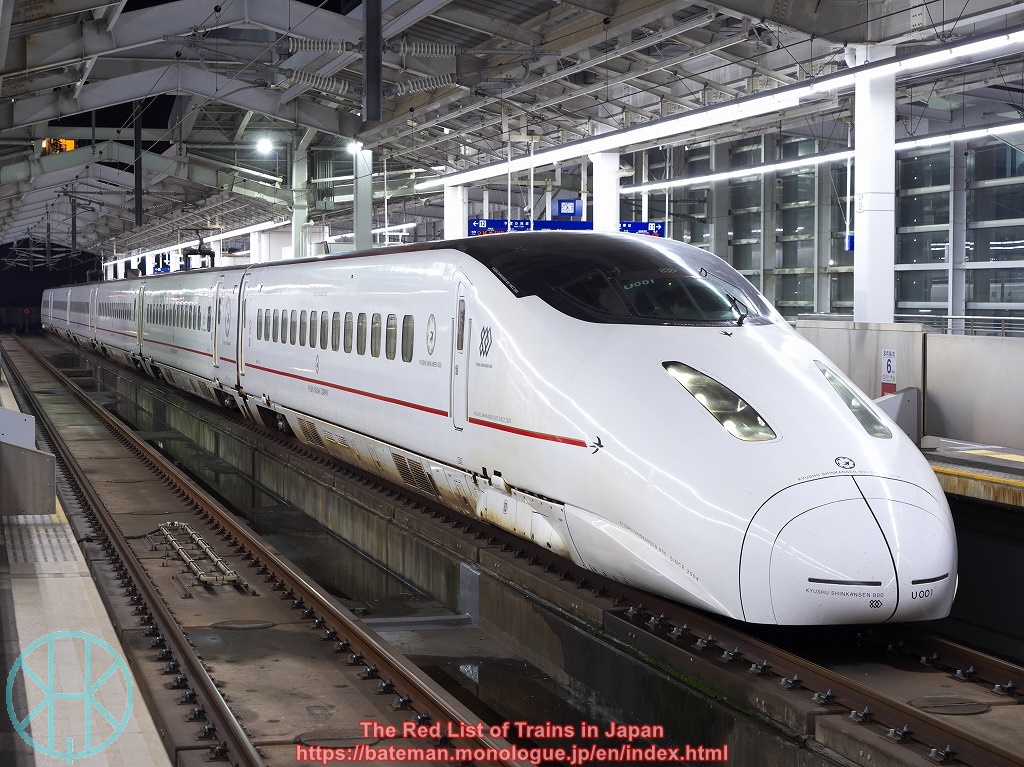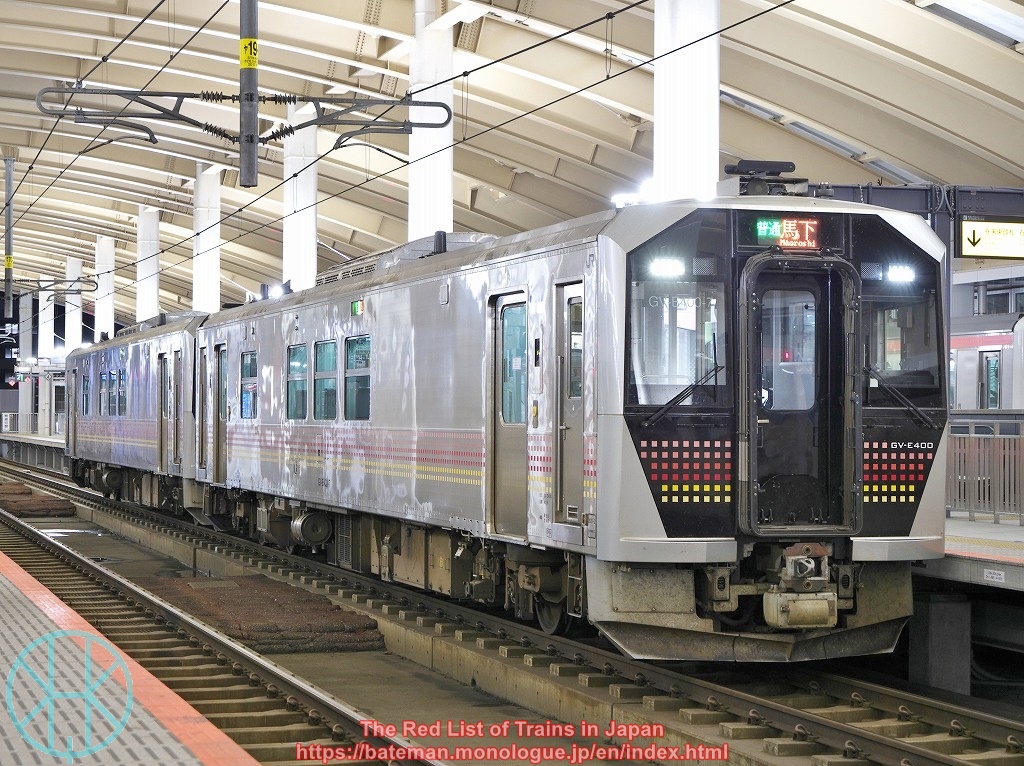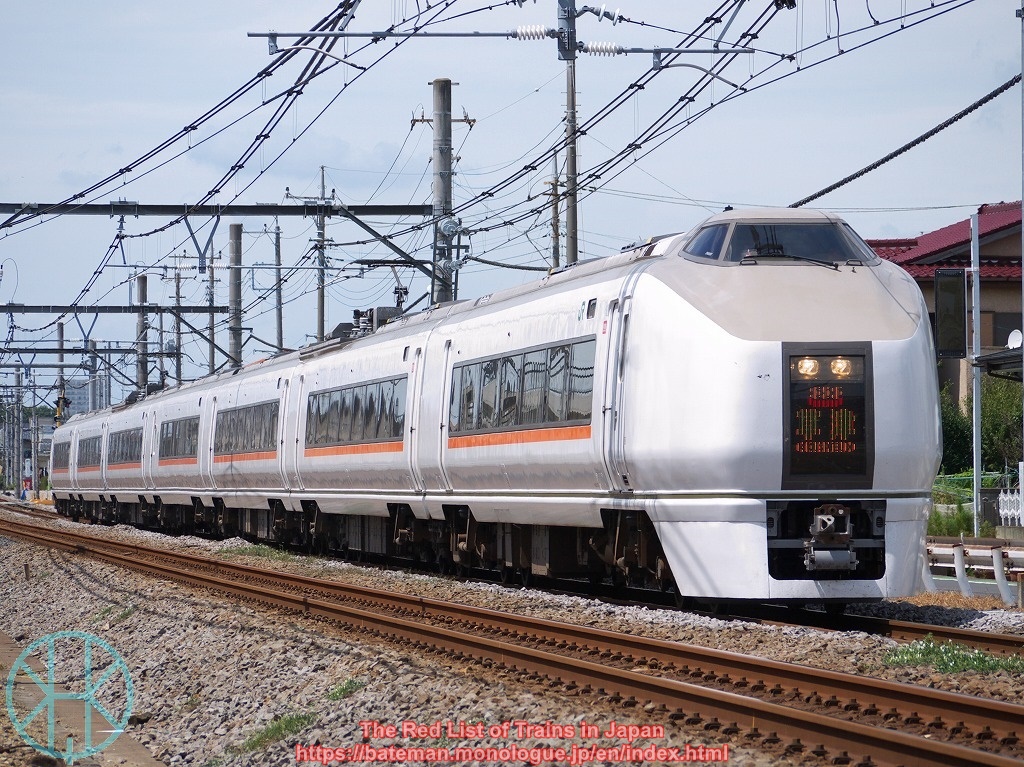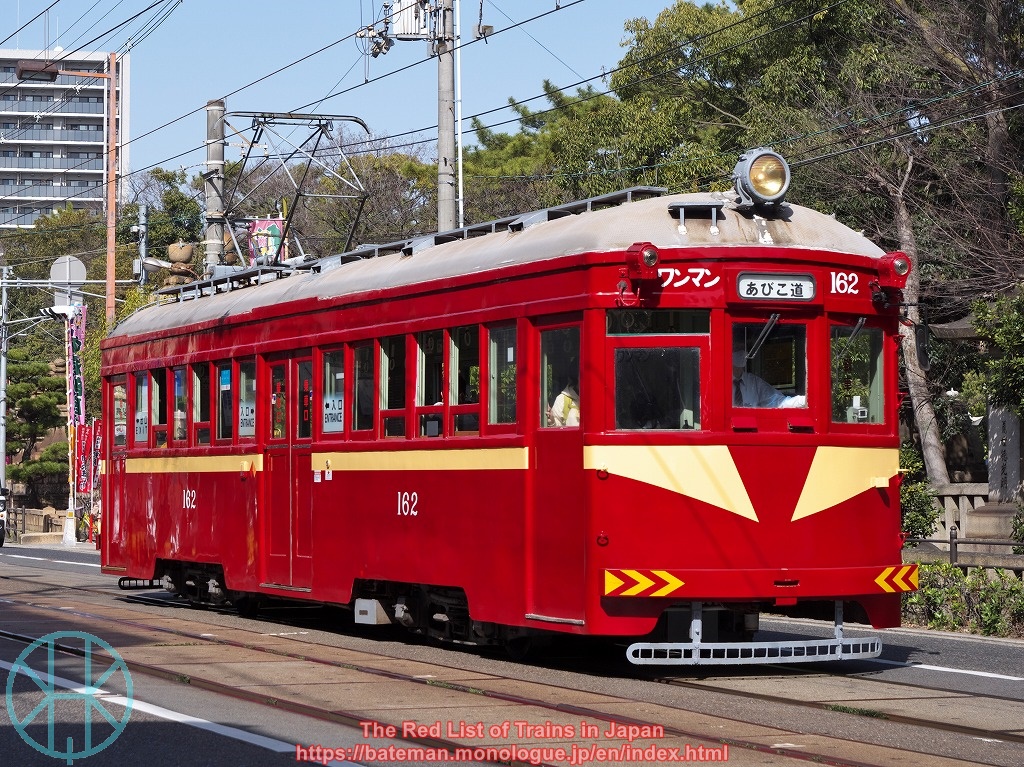This is a ticket I recently purchased at a JR station. It is a simple standard single fare ticket from Kozukue to Okayama, but looks disproportionately long…not just the distance but also the size of the ticket.
They are three tickets that JR companies issue at stations. The first one is for a short journey, the most common one. The second and the third ones are so-called MARS tickets, which are issued for a longer trip as well as for limited express services including Shinkansen high-speed trains. MARS stands for Magnetic electronic Automatic seat Reservation System (previously Multi Access Reservation System), a train reservation system used by JR group and relevant travel agencies.
Generally speaking, a MARS ticket is 85 mm (3.35 inches) long just like a credit card, but the larger one is 120 mm (4.72 inches) long. In my case, the route was so complicated and long that it was issued as the 120-mm one. In fact, staff added two more routes by handwriting as the computer dropped a few letters.
My journey was from Kozukue station in Yokohama city to Okayama station, but its route was complicated. I went to Tachikawa and got out of a ticket barrier for a few hours, and went back to Yokohama. Three days later, I resumed my trip towards west, went out of a ticket barrier at Okayama station to grab some food and headed to Tsuyama where my grandmother lives. Then, I visited Niimi for sightseeing and finished the journey at Okayama.
According to JR regulations, any route can be chosen unless a holder passes the same station twice. This rule looks simple but it actually is not in major cities like Tokyo. For example, part of Keihin-Tohoku and Yokosuka lines are treated as the same as Tokaido Main line. There are also complicated rules on Shonan-Shinjuku line that often result in route duplication (technically void route). On the other hand, a passenger going from Kawasaki (Tokaido line) or Shin-Kawasaki (Yokosuka line) to Kikuna or further north on Yokohama line can enjoy an exemption despite technically being between Higashi-Kanagawa and Yokohama twice.
The table above has been simplified to make it easy to understand (though still complicated). Fare calculation is generally based on actual distance, but JR group has another complicated rules. First, high-speed railways have been regarded as the same as "Main Line" railways that lie parallel to. For example, Tokaido Shinkansen uses the same distance as Tokaido Main line despite bullet trains actually run a shorter route. Second, a different fare scheme has been applied to some rural railways (namely Tsuyama and Kishin lines here). Hence, each train journeys have been converted to longer figures than actual distances.
Even so, this annoyingly long ticket is cheaper than splitting the whole journey. Had I bought tickets separately, it would have been a few thousand yen more expensive than that.
A symbol on the bottom-right of the ticket shows that automatic ticket barriers cannot be used so that I had to ask a station staff for getting in and out every time.
The 120 mm ticket is rare, but there are a few other cases. Some special discount tickets such as Seishun 18 Ticket are as such. Room tickets of sleeper trains (namely Sunrise Izumo and Sunrise Seto) are also long. Furthermore, very few tickets that cover both JR and private railway lines are 120 mm, but they are extremely rare in these days.



















.jpg)














.jpg)














